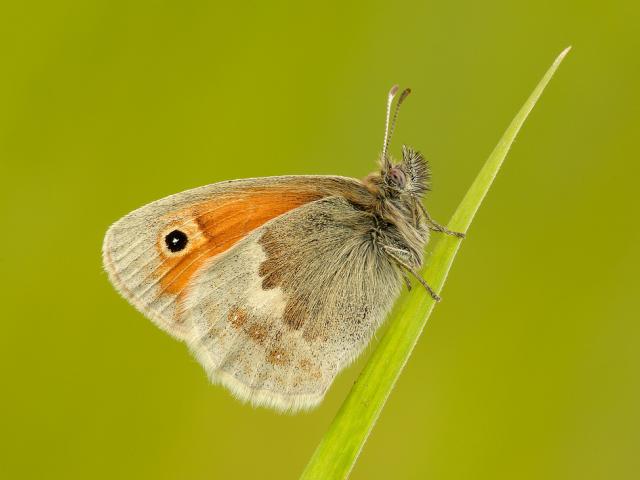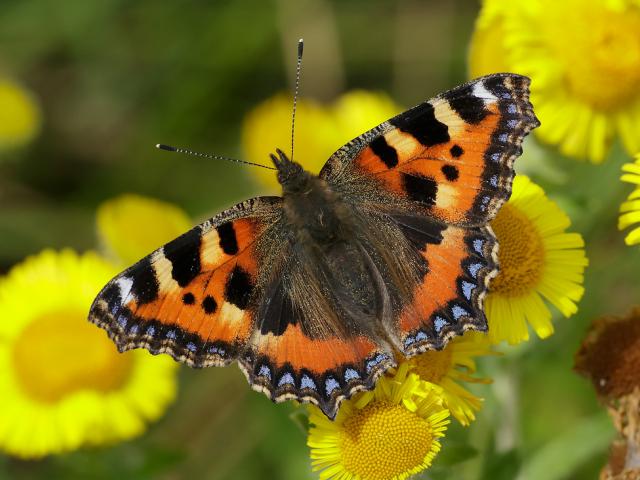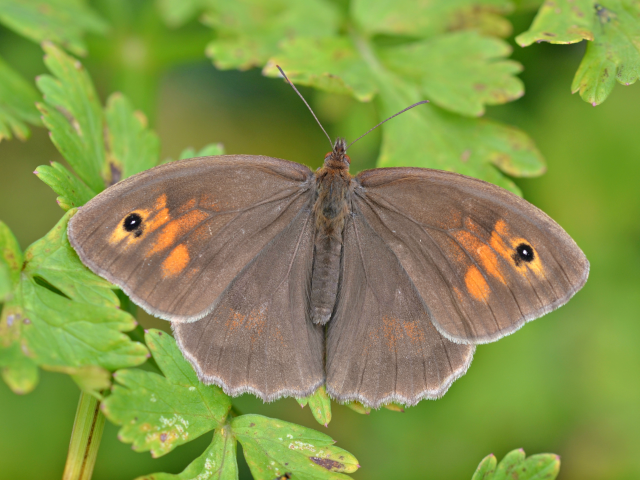This reserve has two areas of limestone grassland, high on the Cotswold scarp slope, east of Cheltenham. There are marvellous views across the Severn Vale and beyond.
Notable flowers
- Musk Orchid
- Bee Orchid
Features
The reserve has a very rich mix of limestone and neutral grassland types, with small areas of heath where thin deposits of ancient windblown sands overlie the Oolitic limestone. The southern half of the reserve, known as the Bill Smyllie Reserve, extends southwards as a narrow valley containing thickets of scrub. It is separated by a beech plantation from the northern half of the reserve, known as the Masts Field, which is within the Cleeve Common Site of Special Scientific Interest (SSSI).
Area: 31 hectares (77 acres)
Directions
Grid Reference: SO 992 242 (southern half); SO 992 248 (northern half) Ordnance Survey map: 163
- From the A40 east of Cheltenham turn off into Whittington village
- Turn west at the T-junction, then north-west just past Whalley Farm
- Follow the road northwards
- The minor “no-through road” to the communications masts on the southern edge of Cleeve Common gives access to both areas of the reserve
Public transport
Take the bus from Cheltenham town centre to Prestbury. There is then a 2km (uphill!) walk up a bridleway. Cheltenham town centre can be accessed by bus from Cheltenham railway station.
Site access and safety
Entrances and parking at SO 993 244 and SO 994 247. All parts of the reserve are Open Access land and various footpaths and bridleways cross the site. The Cotswold Way also provides access to the Masts Field and crosses the Bill Smyllie reserve.
Please take care on the steep slopes.
Cattle graze the site during parts of the year – please keep dogs on leads when the cattle are on the reserve and from 1 March to 31 July, to protect ground-nesting birds as required by the Countryside Code and Open Access rules.
Most ticks are little more than an irritation, but a few can transmit Lyme disease, a rare and potentially serious illness which is treatable with antibiotics if diagnosed early. It is therefore important to be informed and take some simple precautions.
Download
pdf 1.41 MB


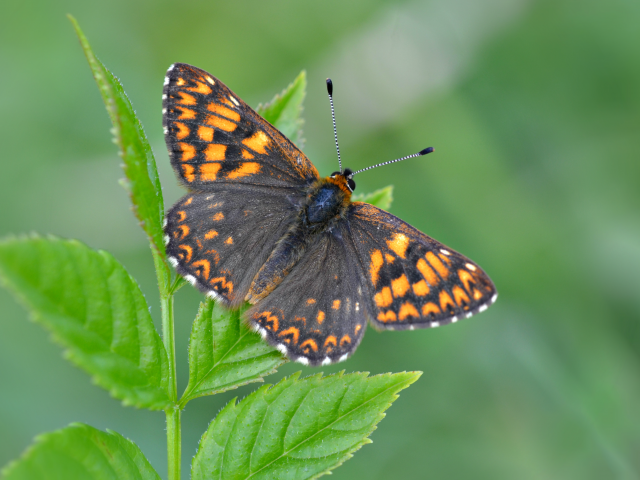
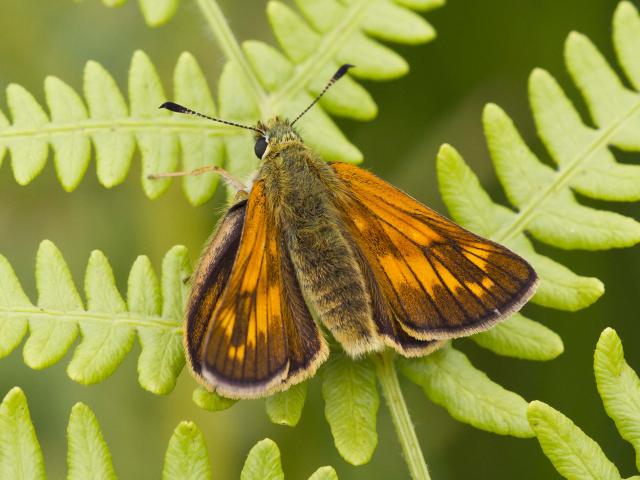
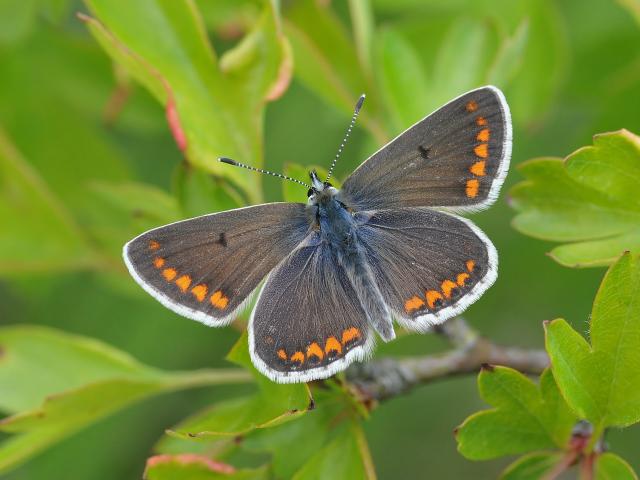
_iain%20leach%203-2.jpg)
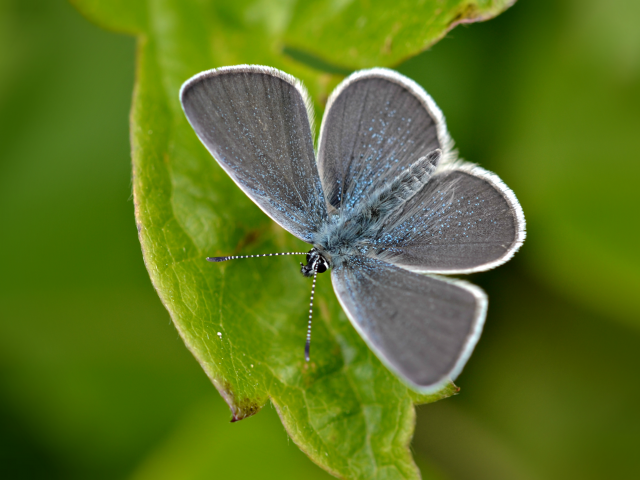

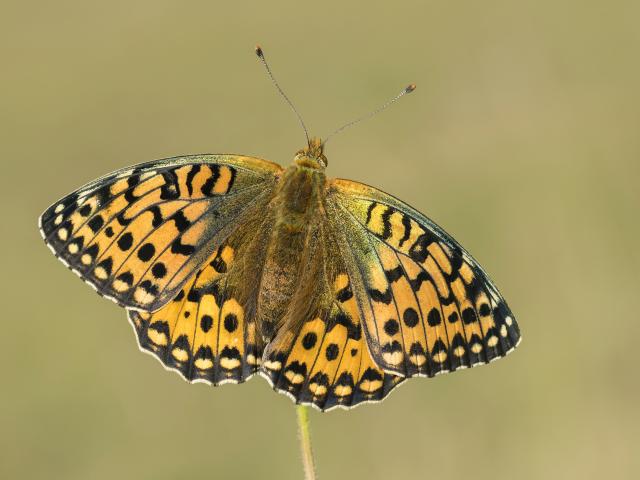
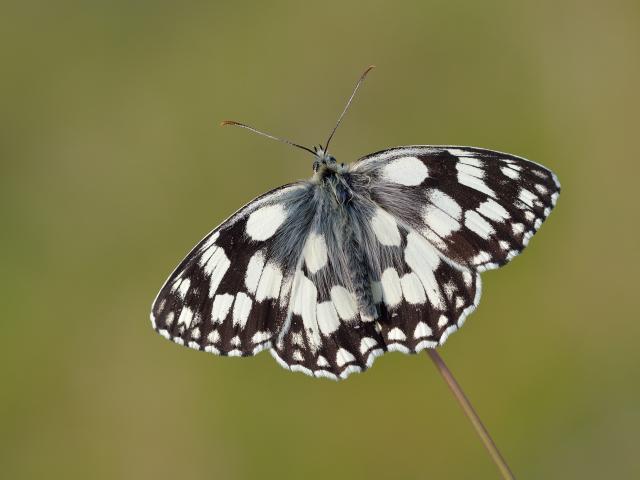
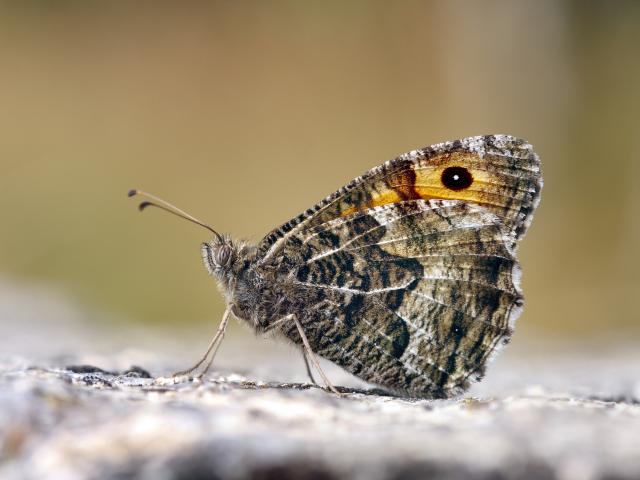
-2.jpg)
